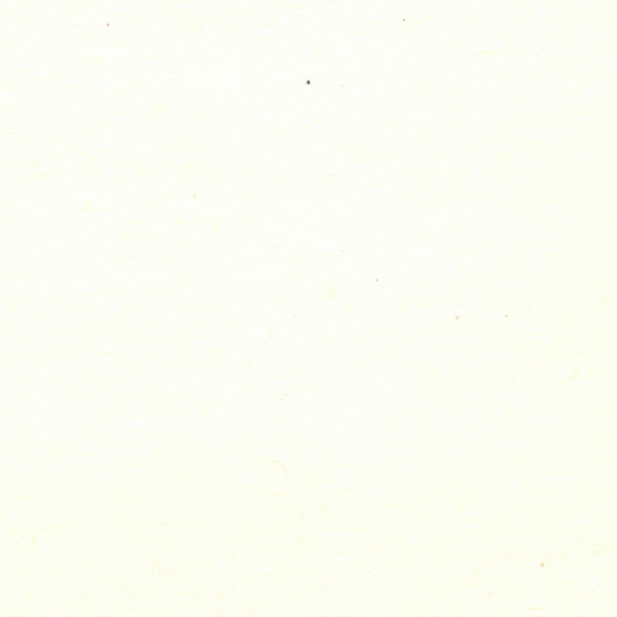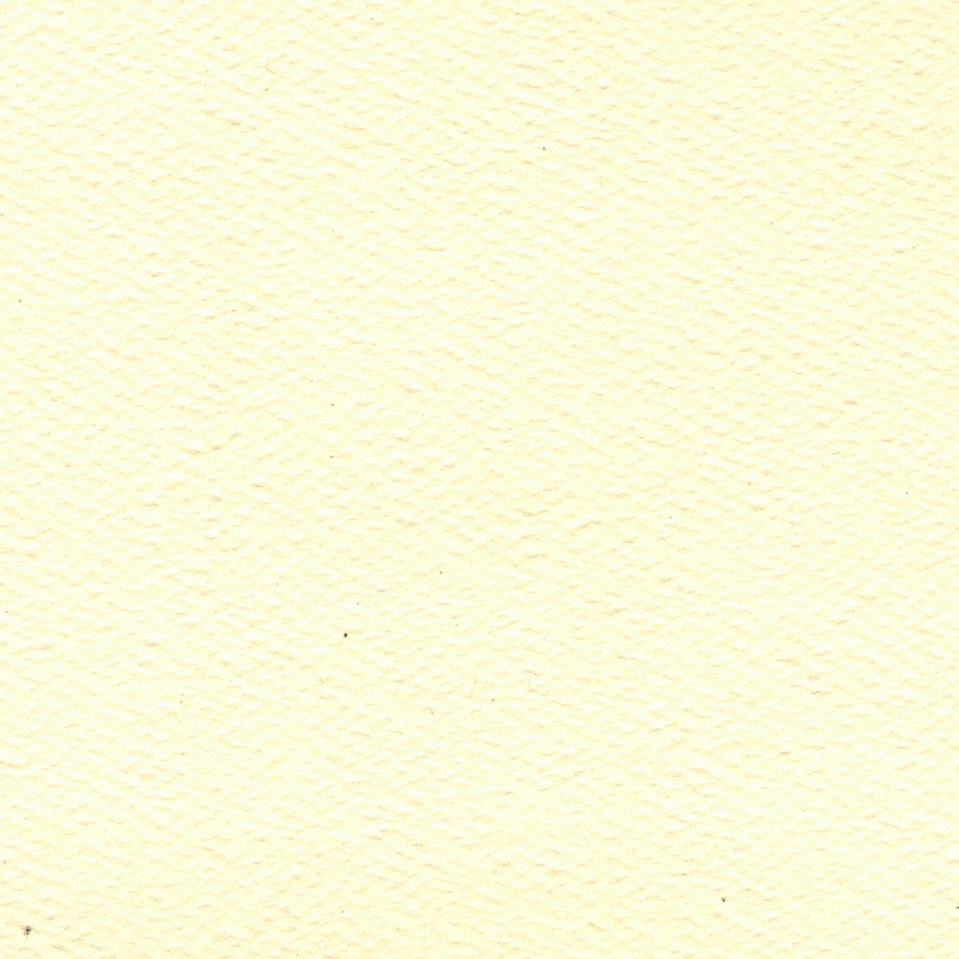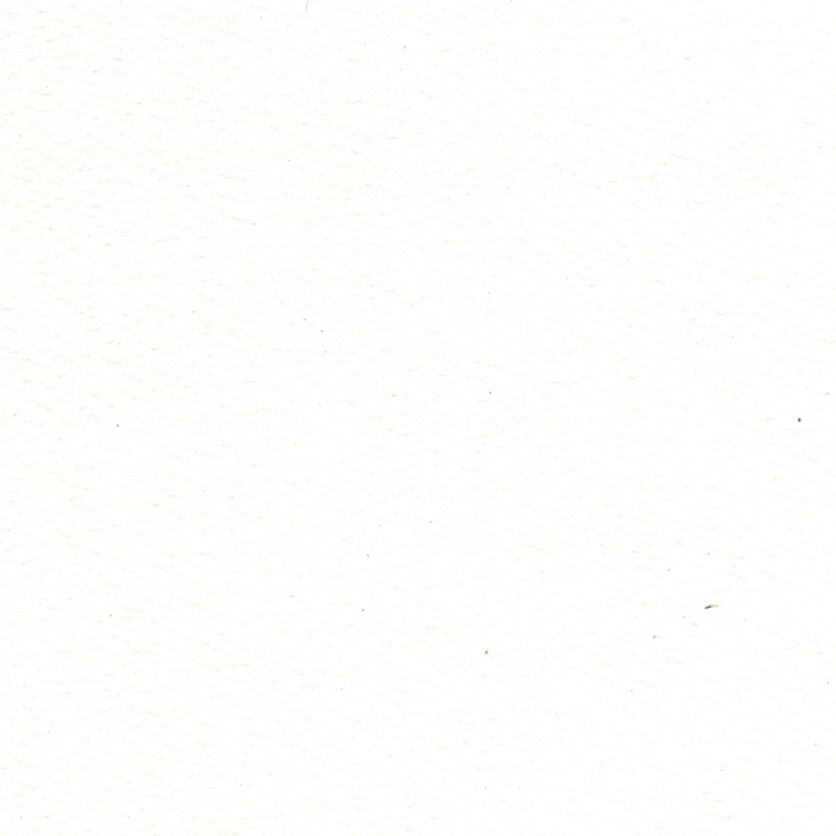Paper
We have carefully chosen papers that are best suited for our products and print processes, most of which have 100% recycled fiber content. In some cases we have had paper manufactured to our specs to improve print quality or durability. For most products we offer both a standard paper and a paper upgrade option (at additional cost). Custom papers can be specified for your project as well.
Ink
We use locally manufactured vegetable-based inks for both offset and letterpress printing. For most products, we offer house ink colors included in the cost, with the option to upgrade to a custom Pantone ink color for an additional $45 charge. Metallic house ink colors incur a $35 additional cost.
These inks are not 100% opaque, and can shift color considerably on different color paper stocks. For best results, we suggest you talk to us about your project so we can suggest the best solution.
Process
We focus on two traditions of printing–letterpress and offset lithography. We’re happy to work with you in making decisions about which process (or combination) to use for your printing projects, and hope this helps you visualize what’s happening when your printed piece goes into production.
Offset lithography
It is generally agreed that Ira W. Rubel first developed the offset-lithographic press in 1904. Lithography is a planographic process, meaning there is no easily visible raised or depressed surface. Instead, thin metal plates carry the image, ultimately to the paper. The image area on the plate is created through a photographic process involving film. Then the plate is placed or “hung” around a revolving cylinder, where a water-moistened roller wets the surface of the plate and ink is introduced by yet another set of rollers. The water helps to wash the ink away from non-image areas on the metal plate, assuring a nice smooth coverage of ink left only on the areas intended for print. The inked area is transferred (or “offset”) onto a rubber blanket that then transfers the final print to paper.
We have a number of one color offset presses. Each color that we print on a particular piece requires a separate set up and its own pass through the press. This traditional way of printing is more involved and takes longer than digital color copies. Our machinery was manufactured before the proliferation of computer interfaces, so ink density and color tone is hand set at the beginning of each job and adjusted as needed throughout the run.
We use metal offset plates, which are known for their quality, consistency, durability, and sharp, superior printing. In contrast, disposable paper or polyester plates, used by many quick print chain stores, often have problems with image degradation and can disintegrate after a few thousand impressions. Metal plates can be preserved and used again and again for future runs, or recycled.
Letterpress
In 1450 AD, Johannes Guttenberg revolutionized written communication with his mold system for casting metal type, an invention that gave birth to what we commonly call letterpress printing. For hundreds of years printers utilized this system, setting each handcast character next to another to form words, sending history into the public world. Contemporary letterpress printing is essentially a relief printing process. If you can imagine a linoleum block or woodcut, where the raised area is the surface that is inked, and other areas are cut away to create the negative space – you are envisioning a simplified explanation of letterpress printing.
We utilize a mix of platen “job” presses and cylinder proof presses, which allow us quite a bit of versatility. Each impression is achieved as paper is fed through the press by hand or with a simple air-feed automated process. We primarily print using magnesium plates for job work, with an occasional foray into hand-set foundry type, Linotype, and Monotype composition for fine press work or larger posters. Plates allow us to accept digital files from you or your designer, and accurately replicate the design, so that you don’t have to worry about what metal or wood typefaces we have. Metal plates can be saved for future reprints, or recycled after use.
Since letterpress printing is a relief process, typically the impression creates a debossed area in the paper. In the inception of this craft, a deep impression wasn’t the goal, in fact when printing from cast type (which is comprised of softer metals), pressing the type too deeply into the paper can ruin the type for continued use. Since we can’t quickly, cheaply, or easily replace our typefaces, we use magnesium or copper plates if a deeper impression is desired. The depth is still dependent on some factors, though, including the paper surface and the wear on the printing presses. We can give you a little “bonk”, but we won’t go past the point of sanity for the materials & equipment, or engage in what our friends at Stern & Faye Printers call “violent printing”.
























